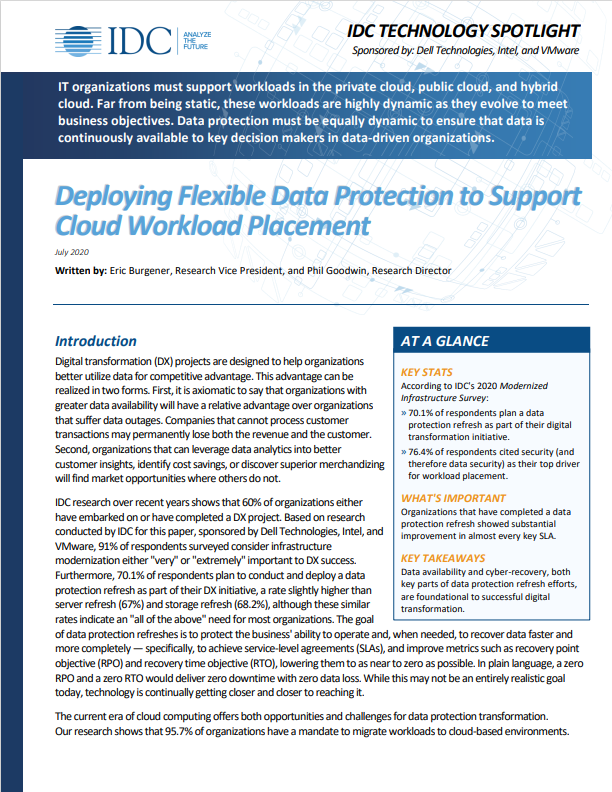Going for gold in business continuity
Business of IT: London 2012 has the potential to bring serious disruption to some companies, making now a good a time to update business continuity plans.

As one IT director put it, there is little point in having IT systems running at full tilt in a backup datacentre if staff cannot use the main office, because there is no catering, and no-one to clean the toilets.
This does not mean that every company should have to comply with a detailed business continuity planning standard, such as the recently-launched ISO22310 (formerly BS25999). For some smaller suppliers, the level of work involved cannot be justified. But enterprises and public sector organisations do need to pay as much attention to their supply chains, as they do to their own continuity and recovery plans.
Floods to 'flu: non-IT threats
It is also a mistake to see business continuity only as an IT issue. Basic IT backup and recovery is important, and no organisation can afford to overlook it. But businesses also need to anticipate a wider range of threats, especially those that affect staff.
A few years ago, pandemic planning was top of the business continuity agenda. More recently, UK businesses have been forced to react to transport disruption, and to floods. Companies have also had to deal with supply chain problems, following the earthquake and tsunami in Japan.
"You should not look for a single business continuity planning solution. Multiple strategies are valid. You can contract to have a workplace recovery site, and you can build in processes to make users, or the IT organisation, more BCP aware," he advises.
And you can nurture working from home programmes. The important point is to have a framework."
Sign up today and you will receive a free copy of our Future Focus 2025 report - the leading guidance on AI, cybersecurity and other IT challenges as per 700+ senior executives
Businesses should, he says, start by assessing their risks, and listing their most critical systems and operations.
Some people, and some IT resources, will be critical to the company's operations in an emergency, and some will be vital for the business to trade. Those should be recovered first. Other, less critical systems can come back online later, and some staff may be able to work from home for longer.
What matters is to have a plan, to test it, and to ensure that everyone knows who will be in charge. The best person to run an emergency response team might not be the CEO or MD, and it might well be the head of IT.
"For most companies, it is a question of tiering applications," says Sungard's Tilley. "You probably won't have 100 per cent availability of all systems; there will be some that are needed fairly quickly, and others you can manage without for a few more days."
-
 Trump's AI executive order could leave US in a 'regulatory vacuum'
Trump's AI executive order could leave US in a 'regulatory vacuum'News Citing a "patchwork of 50 different regulatory regimes" and "ideological bias", President Trump wants rules to be set at a federal level
-
 TPUs: Google's home advantage
TPUs: Google's home advantageITPro Podcast How does TPU v7 stack up against Nvidia's latest chips – and can Google scale AI using only its own supply?
-
 Veeam snaps up former Gigamon channel chief Larissa Crandall
Veeam snaps up former Gigamon channel chief Larissa CrandallNews Industry veteran will lead Veeam’s channel business as vice president of global channel and alliances
-
 How much is 99.999% uptime actually worth?
How much is 99.999% uptime actually worth?In-depth Many service providers claim 99.999% uptime, but what does this actually mean?
-
 Deploying flexible data protection to support cloud workload placement
Deploying flexible data protection to support cloud workload placementWhitepaper Why data availability and cyber recovery are foundational to successful digital transformation
-
 RiverMeadow unveils multi-cloud disaster recovery solution
RiverMeadow unveils multi-cloud disaster recovery solutionNews The new capability helps protect VMware vSphere workloads both on-premises and in the cloud
-
 US government warns of increased risk of ransomware over holiday season
US government warns of increased risk of ransomware over holiday seasonNews CISA and FBI issue joint statement warning organizations not to let their guard down
-
 Property firm cyber attack leaves home movers in the lurch
Property firm cyber attack leaves home movers in the lurchNews Simplify Group customers were left unable to move house due to a systems outage
-
 Free decryptor key for REvil/Sodinokibi ransomware released
Free decryptor key for REvil/Sodinokibi ransomware releasedNews The key was made possible thanks to a collaboration between law enforcement and Bitdefender
-
 Datto launches its business continuity solution for Azure
Datto launches its business continuity solution for AzureNews Datto Continuity for Microsoft Azure helps MSPs recover data within minutes of an outage